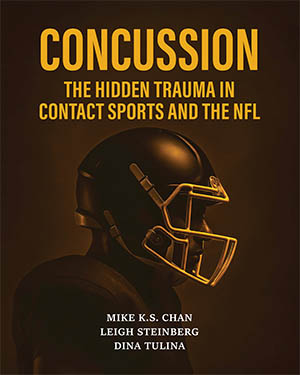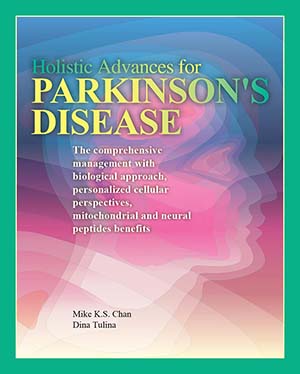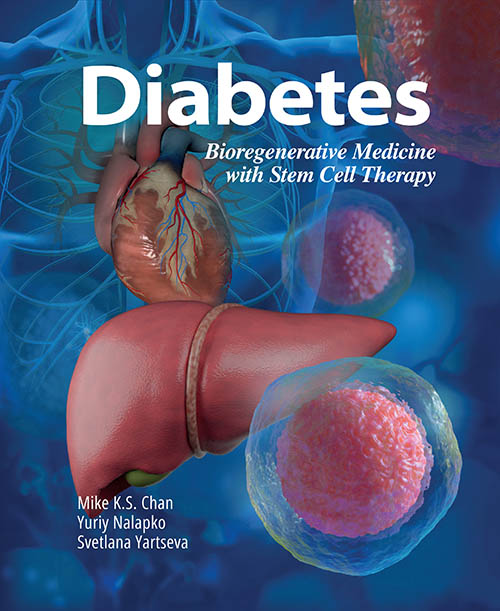Authors: Prof. Dr. Mike K.S. Chan, Leigh Steinberg and Dr. Dina Tulina Published by: EUROPEAN WELLNESS…
Analysis of salt transport indices, calcification markers, and FGF23 in patients with nephrolithiasis and crystalluria
In this pivotal research, the authors explore how key calcification markers like Osteopontin (OPN), Osteocalcin (OC), and FGF23 interact with salt metabolism and kidney stone formation — while also connecting these mechanisms to bone mineral density and aging.
Here’s what the study found:
- People with kidney stones or crystalluria had much higher levels of three key substances in their bodies: FGF23, osteocalcin (OC), and osteopontin (OPN) – all of which are linked to bone loss and blood vessel calcification.
- One of those, FGF23, stood out. High levels of FGF23 were strongly linked to phosphate levels in the blood. This makes it a potentially powerful early warning sign of kidney damage.
- Even when standard kidney tests looked normal, these markers told a different story – showing signs of hidden kidney stress and mineral imbalances that could speed up aging or lead to other chronic conditions.
- The researchers also suggest that too much phosphate in the diet may be making things worse – putting more pressure on the kidneys and increasing the risk of kidney stones and bone problems.
💡 Why does this matter?
Because it shows how deeply connected your kidneys, bones, blood vessels, and aging processes really are – and why early testing and proper nutrition could help prevent major health issues later in life!
Analysis of salt transport indices, calcification markers, and FGF23 in patients with nephrolithiasis and crystalluria
by
Oleh Nikitin, Ilya Kordubailo, Dr. Olha Nishkumay, Prof. Dr. Mike K.S. Chan and Dr. Dmytro Klokol
KIDNEYS; 14(3), 2025
https://doi.org/10.22141/2307-1257.14.3.2025.545
124 Downloads
MORE PUBLICATIONS:
https://european-wellness.eu/publications/


